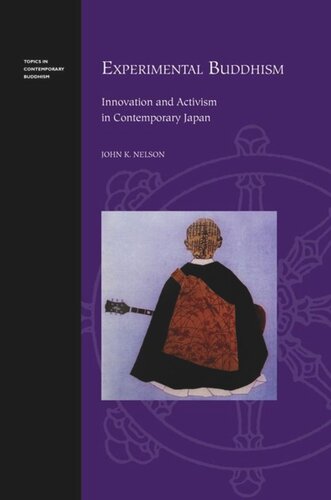

Most ebook files are in PDF format, so you can easily read them using various software such as Foxit Reader or directly on the Google Chrome browser.
Some ebook files are released by publishers in other formats such as .awz, .mobi, .epub, .fb2, etc. You may need to install specific software to read these formats on mobile/PC, such as Calibre.
Please read the tutorial at this link: https://ebookbell.com/faq
We offer FREE conversion to the popular formats you request; however, this may take some time. Therefore, right after payment, please email us, and we will try to provide the service as quickly as possible.
For some exceptional file formats or broken links (if any), please refrain from opening any disputes. Instead, email us first, and we will try to assist within a maximum of 6 hours.
EbookBell Team

5.0
70 reviewsBased on ethnographic fieldwork and archival research, it is one of the first studies to give readers a sense of what is happening on the front lines as a growing number of Buddhist priests try to reboot their roles and traditions to gain greater significance in Japanese society.
The book profiles innovative as well as controversial responses to the challenges facing Buddhist priests. From traditional activities (conducting memorial rituals; supporting residences for the elderly and infirm; providing relief for victims of natural disasters) to more creative ones (collaborating in suicide prevention efforts; holding symposia and concerts on temple precincts; speaking out against nuclear power following Japan’s 2011 earthquake; opening cafés, storefront temples, and pubs; even staging fashion shows with priests on the runway), more progressive members of Japan’s Buddhist clergy are trying to navigate a path leading towards renewed relevance in society. An additional challenge is to avoid alienating older patrons while trying to attract younger ones vital to the future of their temples.
The work’s central theme of “experimental Buddhism”provides a fresh perspective to understand how priests and other individuals employ Buddhist traditions in selective and pragmatic ways. Using these inventive approaches during a time of crisis and transition for Japanese temple Buddhism, priests and practitioners from all denominations seek solutions that not only can revitalize their religious traditions but also influence society and their fellow citizens in positive ways.